Welcome to the ultimate fragrance guide, your pathway to discovering scents that resonate with you. This comprehensive resource helps you explore fragrance basics, identify your signature scent, and navigate the world of perfumery with confidence.
1.1 Understanding the Basics of Fragrance
Fragrance is a blend of essential oils, aroma compounds, and solvents. Scents evolve through top, middle, and base notes, creating a unique olfactory experience. Understanding concentration levels like eau de parfum and eau de toilette helps determine longevity. Body chemistry and lifestyle influence how fragrances smell on you, making each scent personal and subjective.
1.2 Importance of Finding Your Signature Scent
Discovering your signature scent is a personal journey that enhances confidence and self-expression. A fragrance that resonates with you reflects your personality and lifestyle, making it a meaningful part of your daily ritual. This guide helps you navigate the process, ensuring you find a scent that truly feels like you.
1.3 How to Use This Guide Effectively
Start by identifying your preferences and lifestyle. Explore fragrance families and strengths, then test samples thoughtfully. Use the guide’s structured approach to navigate the world of perfumery confidently. Refer to tools like the fragrance wheel and expert tips to make informed decisions and build your perfect fragrance wardrobe over time.

How to Choose the Right Perfume
Discovering your ideal perfume starts with understanding your preferences and lifestyle. Test samples, consider body chemistry, and explore fragrance families to find a scent that truly reflects you.
2.1 Identifying Your Personal Preferences
Understanding your scent preferences is key to finding the perfect perfume. Consider your lifestyle, body chemistry, and emotional responses to fragrances. Reflect on scents you’ve loved or disliked, and explore fragrance families like floral, citrus, or woody. Testing samples and waiting to see how scents evolve on your skin can reveal your true matches.
2.2 Considering Body Chemistry and Lifestyle
Your body chemistry and lifestyle play a crucial role in how fragrances wear. Skin type, diet, and climate can affect scent longevity. Consider your daily activities and preferences for subtle or bold fragrances. Testing perfumes on your skin and observing longevity ensures compatibility, while lifestyle factors guide choices for concentration and type.
2.3 Tips for Testing and Sampling Fragrances
Apply a small amount to pulse points and wait for notes to develop. Test on skin, as fragrance evolves differently on individuals. Use fragrance cards for comparison and sample over time to gauge longevity. Consider lifestyle and preferences when selecting scents, ensuring they align with personal taste and occasion.
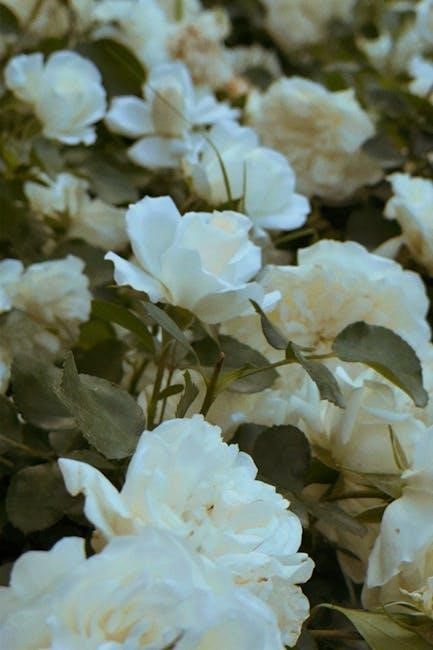
Understanding Fragrance Strengths and Types
Explore fragrance strengths like Eau de Parfum and Eau de Toilette, understanding their concentration and longevity. Learn the differences between perfume, cologne, and other types.
3.1 Exploring Concentration Levels (Eau de Parfum, Eau de Toilette, etc.)
Concentration levels determine a fragrance’s strength and longevity. Eau de Parfum (15-20% essential oils) lasts longer, while Eau de Toilette (5-15%) is lighter. Understanding these helps choose the right intensity for any occasion, ensuring your scent remains vibrant throughout the day.
3.2 Differences Between Perfume, Cologne, and Other Fragrance Types
Perfume, cologne, and other fragrance types vary in concentration and longevity. Perfume (15-30% essential oils) is rich and long-lasting, while cologne (3-5%) is lighter and fresher. Eau de Toilette (5-15%) and Eau Fraîche (1-3%) offer lighter options. Understanding these differences helps in selecting the perfect fragrance for any occasion or preference.
3.3 How to Choose the Right Strength for Different Occasions
Choose fragrance strength based on occasion and personal preference. Lighter options like Eau de Toilette or Cologne are ideal for daytime or casual events, while richer Eau de Parfum or Perfume Oil suits evening or formal settings. Consider body chemistry and lifestyle to ensure the scent lasts and complements the moment.
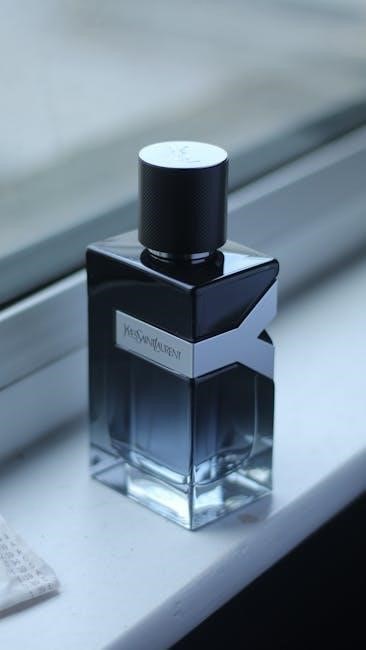
Fragrance Families and Notes
Fragrance families like floral, citrus, and woody define scent categories, while notes—top, middle, and base—shape the perfume’s character, creating a harmonious blend that appeals to personal tastes.
4.1 Overview of Main Fragrance Families (Floral, Citrus, Woody, etc.)
The main fragrance families—floral, citrus, woody, oriental, and fresh—provide a foundation for scent classification. Each family captures distinct characteristics, from delicate florals to zesty citrus and earthy woods, offering a diverse palette for personal preferences and exploration in perfumery.
4.2 Understanding Top, Middle, and Base Notes
Fragrances are composed of three distinct layers: top notes, middle notes, and base notes. Top notes provide the initial scent, middle notes add depth, and base notes linger longest, creating a harmonious evolution of aroma that reveals the fragrance’s full character over time.
4.3 How to Identify Fragrance Families That Suit You
Exploring fragrance families like floral, citrus, or woody helps pinpoint what suits your taste. Use tools like the fragrance wheel, test samples, and consider how scents make you feel. Reflect on lifestyle and preferences to narrow down options, ensuring the fragrance aligns with your personality and daily life seamlessly.
The Fragrance Wheel: A Tool for Exploration
The fragrance wheel, created by Michael Edwards, organizes scents into categories, helping users discover new fragrances based on shared characteristics. It simplifies the exploration of complex scent families.
5.1 History and Development of the Fragrance Wheel
The fragrance wheel, developed by Michael Edwards in 1992, organizes scents into families like floral, citrus, and woody, aiding systematic exploration. Inspired by the Wine Aroma Wheel, it helps users discover new fragrances based on shared characteristics, making perfume selection accessible and intuitive for both novices and experts alike.
5.2 How to Use the Fragrance Wheel to Discover New Scents
Start by identifying your fragrance preferences, then use the wheel to explore adjacent families. Test samples, noting how scents evolve on your skin. Online tools and expert recommendations can further guide your journey, helping you uncover new fragrances that align with your tastes and broaden your olfactory horizons effortlessly.
5.3 Examples of Fragrances in Each Category
Discover fragrances like Terre d’Iris (floral), Fleurs d’Oranger (citrus), Épicène (woody), and Vétiver (oriental). These examples, from each category, showcase the fragrance wheel’s structure, aiding in identifying preferences and exploring new scents that match your unique style and olfactory sensibilities, enhancing your fragrance journey.
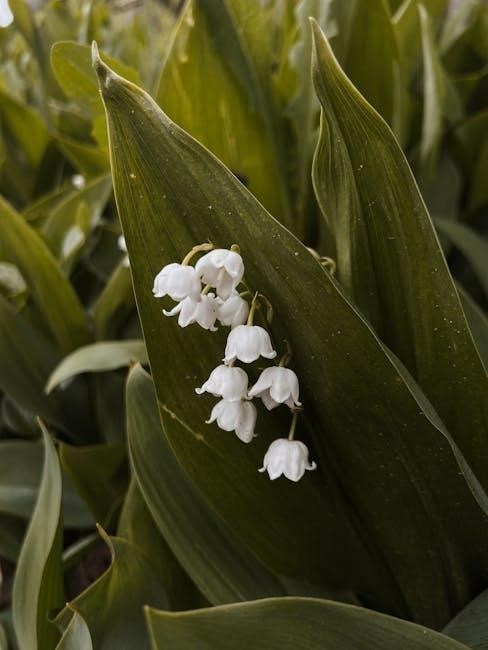
DIY Perfume Making: A Beginner’s Guide
Welcome to the world of DIY perfume making! This guide introduces you to essential oils, blending techniques, and safety tips, helping you craft unique fragrances tailored to your taste.
6.1 Essential Oils and Their Roles in Fragrance Creation
Essential oils are the heart of perfume making, offering diverse scents and emotional resonance. Derived from plants, they form the foundation of fragrances, providing unique top, middle, and base notes that blend harmoniously to create distinctive aromas for personalized perfumes.
6.2 Step-by-Step Process for Creating Your Own Perfume
Start by planning your scent profile and selecting essential oils. Blend top, middle, and base notes, then dilute with a carrier. Test the fragrance, allowing it to mature. Adjust proportions as needed, ensuring balance. Finally, filter and bottle your unique creation, sealing it for future use.
6.3 Safety Tips and Best Practices
Always use gloves and work in a well-ventilated area to avoid skin irritation. Conduct patch tests before using new oils. Store materials in a cool, dark place and label them clearly. Follow dilution guidelines to ensure safety and avoid allergic reactions. Keep your workspace clean and organized for optimal results.
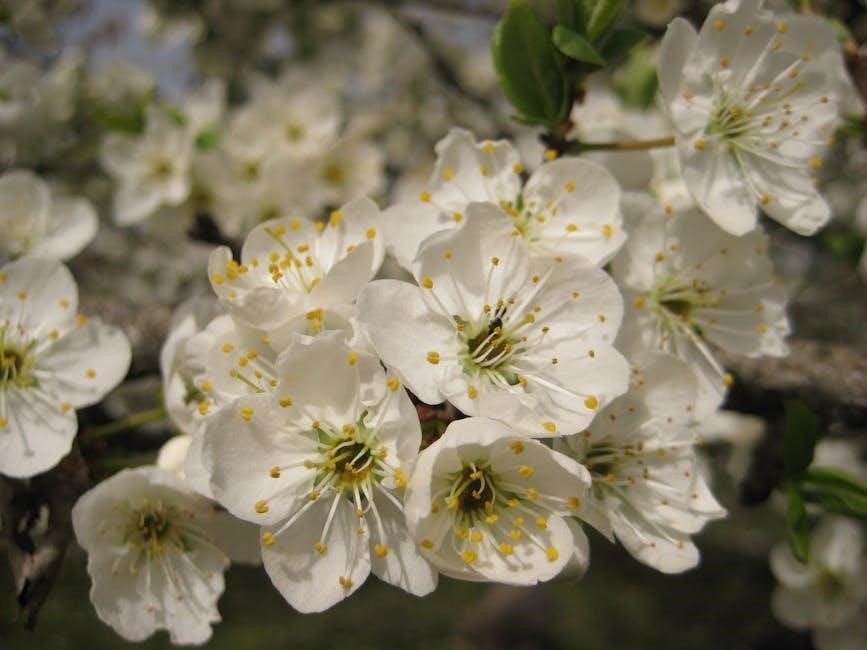
Fragrance and Chemistry: The Science Behind Scents
Explore how fragrance molecules interact with skin and air, creating unique scents. Understand the role of naturals and synthetics in crafting lasting, complex aromas that captivate the senses.
7.1 How Fragrance Molecules Interact with Skin
Fragrance molecules interact with skin through absorption and evaporation. Skin pH, temperature, and natural oils alter scent perception. These interactions determine how a fragrance unfolds, influencing longevity and sillage, making each scent unique to the wearer.
7.2 The Role of Synthetics and Naturals in Perfumery
Synthetics and natural ingredients each bring unique qualities to perfumery. Synthetics offer consistency, versatility, and affordability, while naturals provide distinct, complex scents. Both are often blended to balance cost, sustainability, and fragrance quality, creating diverse and captivating perfumes that cater to varying preferences and needs.
7.3 Understanding Fragrance Longevity and Sillage
Fragrance longevity refers to how long a scent lasts on the skin, while sillage is the trail it leaves behind. Both are influenced by concentration, skin type, and environmental factors. Understanding these elements helps in selecting perfumes that match your lifestyle and preferences for duration and presence.
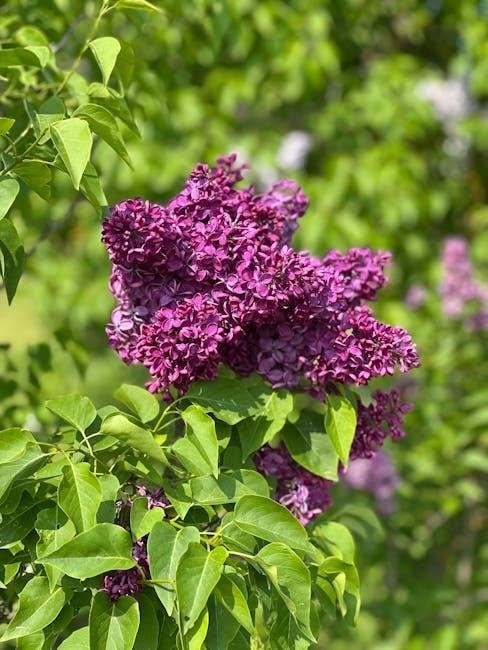
Tools and Resources for Fragrance Exploration
Discover essential tools for fragrance exploration, including online communities like Fragrantica, fragrance finder quizzes, and expert recommendations to guide your scent discovery journey effectively. Explore these resources to enhance your fragrance knowledge and preferences.
8.1 Fragrantica and Other Online Fragrance Communities
Fragrantica and similar platforms offer extensive databases, reviews, and forums for fragrance enthusiasts. These communities provide insights into scent profiles, user recommendations, and expert advice, helping you navigate the vast world of perfumery and discover new fragrances tailored to your preferences. They are invaluable for learning and exploring scents effectively.
8.2 Fragrance Finder Tools and Quizzes
Fragrance finder tools and quizzes simplify scent discovery by asking about preferences, lifestyle, and personality. They analyze responses to suggest tailored perfumes, helping users explore new fragrances. These resources are ideal for beginners and enthusiasts, offering personalized recommendations to match individual tastes and occasions effectively.
8.3 Recommended Books and Guides for Fragrance Enthusiasts
Discover essential books like “Perfume: The Guide” by Luca Turin and Tania Sanchez, offering insightful reviews. “The Essence of Perfume” by Mandy Aftel explores fragrance families, while “Fragrantica” provides online guides. These resources help enthusiasts understand fragrance notes, history, and creation, enhancing their journey into the world of scents.
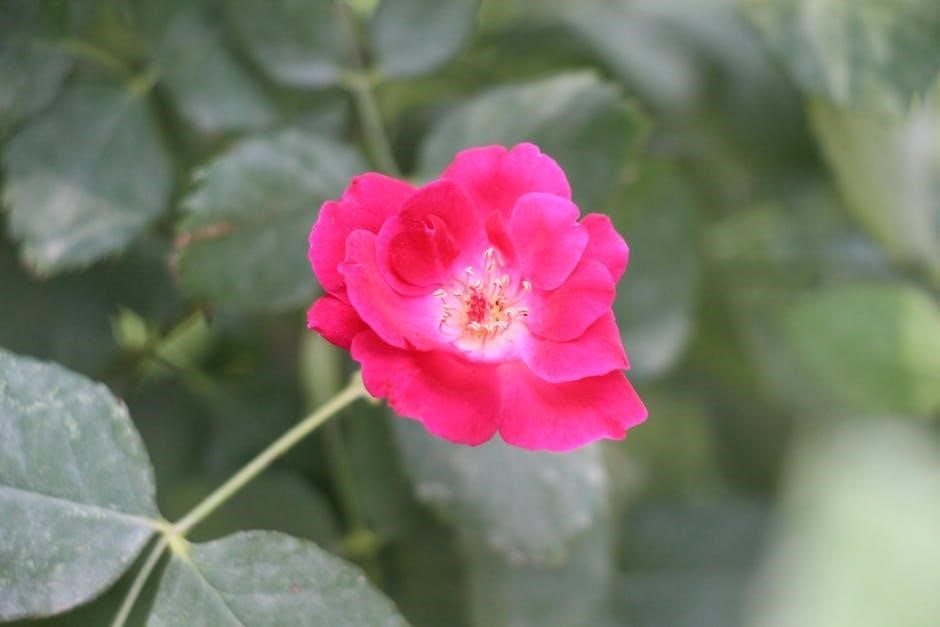
Fragrance Etiquette and Application Tips
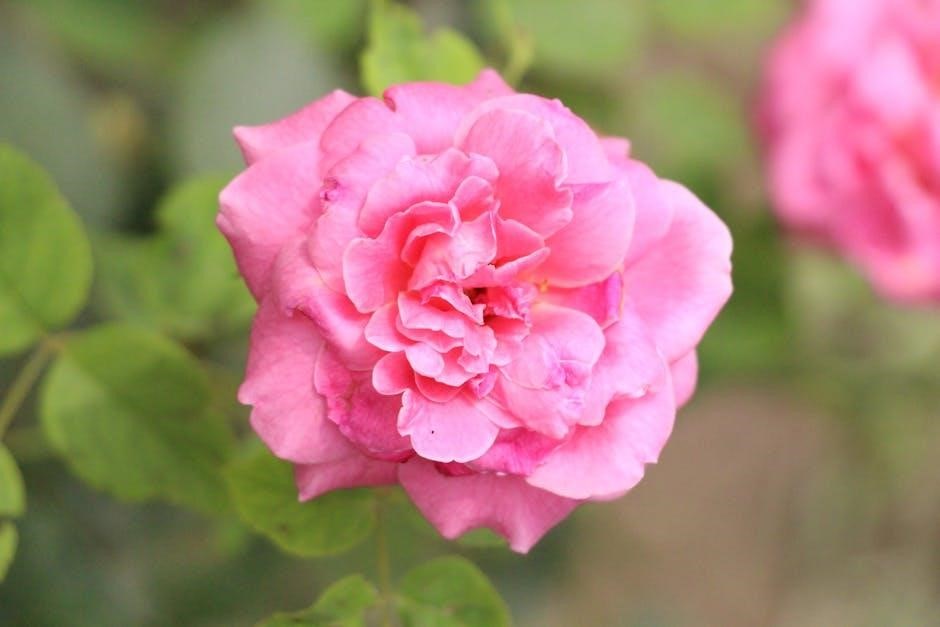
Explore proper perfume application, layering techniques, and seasonal scent choices to enhance your fragrance experience and reflect your personal style with confidence elegantly.
9.1 How to Properly Apply Perfume for Maximum Impact
Applying perfume correctly enhances longevity and projection. Spray on pulse points like wrists, neck, and behind ears. Avoid rubbing to preserve fragrance molecules. Apply after showering on moisturized skin for better absorption. Use 1-2 spritzes; excess can overwhelm. Consider layering with matching products for intensity. Experiment with different spots and amounts to find your optimal application method.
9.2 The Art of Layering Fragrances
Layering fragrances amplifies your scent’s depth and longevity. Start with a shower gel or body lotion, followed by a matching perfume. Experiment with complementary scents to create a unique blend. Apply lighter notes first, then richer ones. This technique enhances personalization and ensures your fragrance evolves beautifully throughout the day.
9.3 Seasonal Fragrance Tips: What to Wear When
Opt for lighter, citrus-based scents in summer for freshness. Transition to floral or green notes in spring. Rich, woody, and spicy fragrances shine in autumn and winter. Consider your environment and activities to match your scent, ensuring it complements the season and your lifestyle seamlessly.
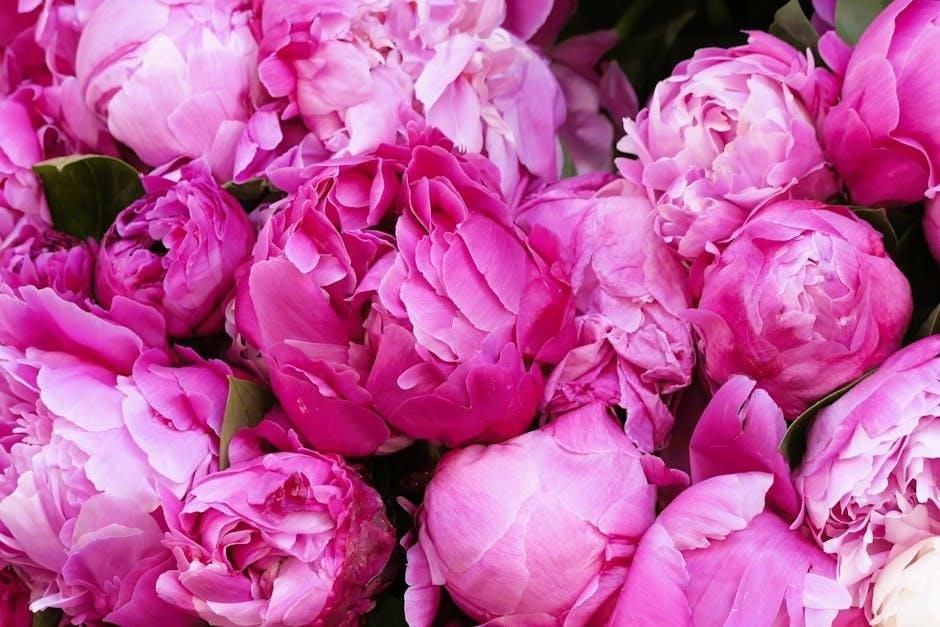
Final Thoughts and Next Steps
Thank you for joining this fragrant journey! Embark on new discoveries, build your fragrance wardrobe, and stay curious about the ever-evolving world of scents.
10.1 Encouragement to Keep Exploring and Discovering
Embrace the endless journey of fragrance discovery! Each scent tells a story, and your preferences may evolve over time. Stay curious, experiment with new perfumes, and trust your instincts. Remember, fragrance is personal—find what makes you feel confident and unique. Keep exploring and enjoy the adventure of discovering your signature scents.
10.2 How to Build a Fragrance Wardrobe
Curate a collection of scents that reflect your style. Start with essentials like a daily fragrance, evening scent, and seasonal options. Explore diverse fragrance families to find versatile choices. Consider your lifestyle and preferences when selecting. Rotate your perfumes to enjoy each one fully and keep your wardrobe fresh and exciting.
10.3 Staying Updated with Fragrance Trends and Releases
Keep your fragrance journey fresh by staying informed about trends and new launches. Subscribe to perfume blogs, join online communities like Fragrantica, and follow niche brands. Attend perfume events or webinars to discover emerging scents. Explore limited editions and seasonal collections to expand your horizons and find inspiration for your signature style.